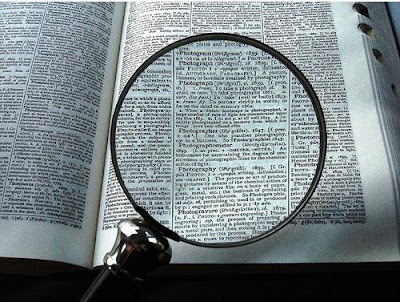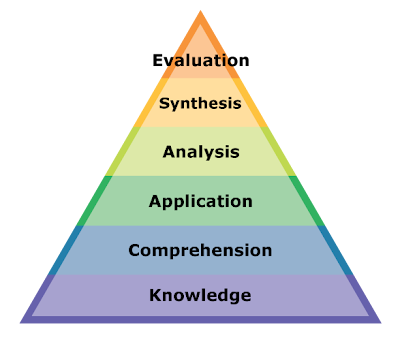Realistically speaking, standardized tests are an important gauge of a student’s academic Achievement and every student should strive to succeed on standardized tests such as the SAT, ACT, GRE, and school entrance exams. The best way to prepare for reading tests and for future reading challenges is to become a critical reader. The kind of active reader reaches to find a deeper meaning beyond the literal.
Active readers interpret a text by analyzing literary devices and by drawing conclusions based on facts and events presented in the text. A well-told fictional story is a joy to read, and active readers experience an even richer reading experience by exploring the meaning beyond the surface. Active readers analyze, scrutinize, and make judgments and connections regarding important elements such as plot, characterization, and the author’s use of setting and literary devices. Armed with the ability to form inferences and draw logical conclusions, the experienced critical reader has little to fear when faced with a standardized test or entrance exam.

Here are strategies that will help you to become a more active and successful reader:
• Start by surveying the book’s title, topic sentences, or photo captions for clues about the main idea.
Active readers interpret a text by analyzing literary devices and by drawing conclusions based on facts and events presented in the text. A well-told fictional story is a joy to read, and active readers experience an even richer reading experience by exploring the meaning beyond the surface. Active readers analyze, scrutinize, and make judgments and connections regarding important elements such as plot, characterization, and the author’s use of setting and literary devices. Armed with the ability to form inferences and draw logical conclusions, the experienced critical reader has little to fear when faced with a standardized test or entrance exam.

Critical Reading Strategies
Here are strategies that will help you to become a more active and successful reader:
• Start by surveying the book’s title, topic sentences, or photo captions for clues about the main idea.
• Read and understand about the ongoing theme? Is there more than one theme? Is the theme stated in the title or in the body of the book? Is it implied? What is the author trying to achieve?
• When you stumble upon a word that is unfamiliar to you, use the context of the surrounding words to clue you in to its meaning. Read difficult paragraphs more than once to be certain that you have grasped the full meaning.
• Analyzing dialogue is an important method of understanding a character’s personality and the manner in which he or she interacts with the other characters. Pay attention to what characters say to one another. Analyze the engagement in conflict of characters. Dialogue also reveals important clues about a character’s educational, regional, social, and economic background and his or her moral character.
• Understand the author’s tone. Analyze the story either it is an optimistic or a pessimistic one. Does the author think that the world is a cruel, harsh place to live in, or does he or she have a positive worldview?
• Every story contains conflict woven into the plot, because without conflict there isn’t usually much of a story. There can be more than one conflict going on, and the conflict can involve individuals, nature, and concepts (man versus nature, man versus man, man versus society). Read carefully and understand about the roots of the conflict. Analyze the consequences or effects of the conflict either conflict ever resolved or not. If so, how?

• When you are writing a response to a literary text, it is important that you incorporate quotations from the text to support your ideas. Unless you are asked to refer to outside sources, focus on extracting information from the text itself. Use specific quotations to support your analysis. However, don’t let your use of quotations dominate the page or drown out your own voice and ideas.

No comments:
Post a Comment